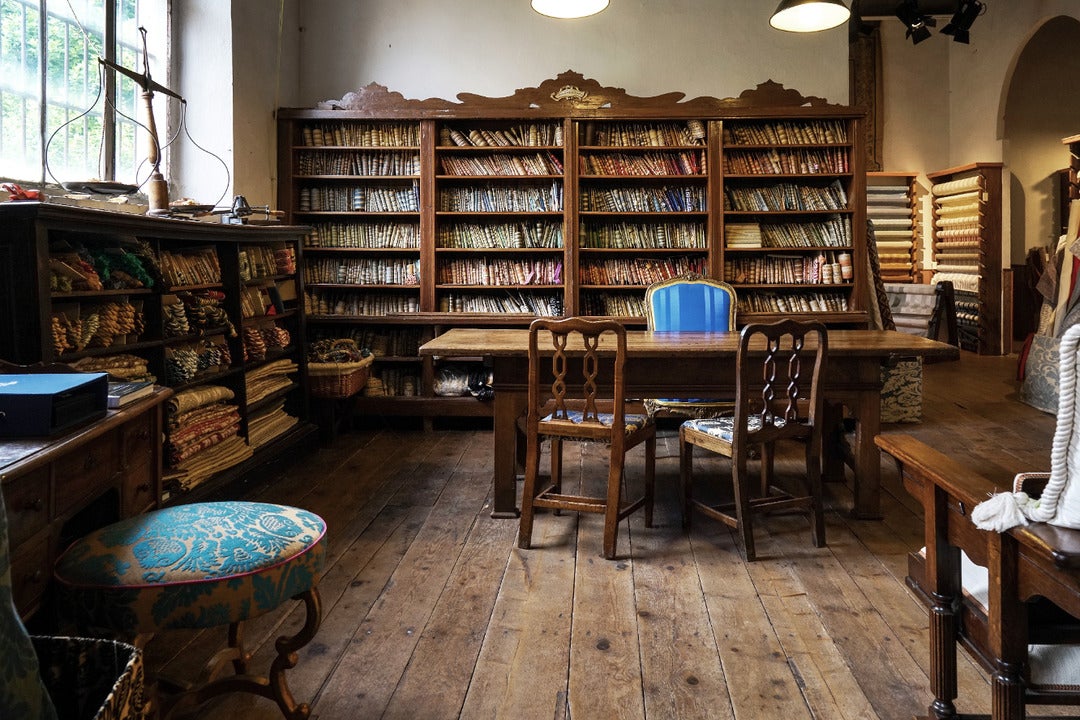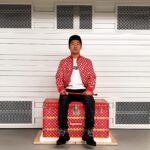Beyond the iron gate at Via Bartolini n° 4, under the shadow of abundant wisteria, the Antico Setificio Fiorentino produces the finest silk fabric in Italy, perhaps in the world. As our town car departs, the Director of Communications for Stefano Ricci begins to graciously weave the incredible and fascinating history of this business.
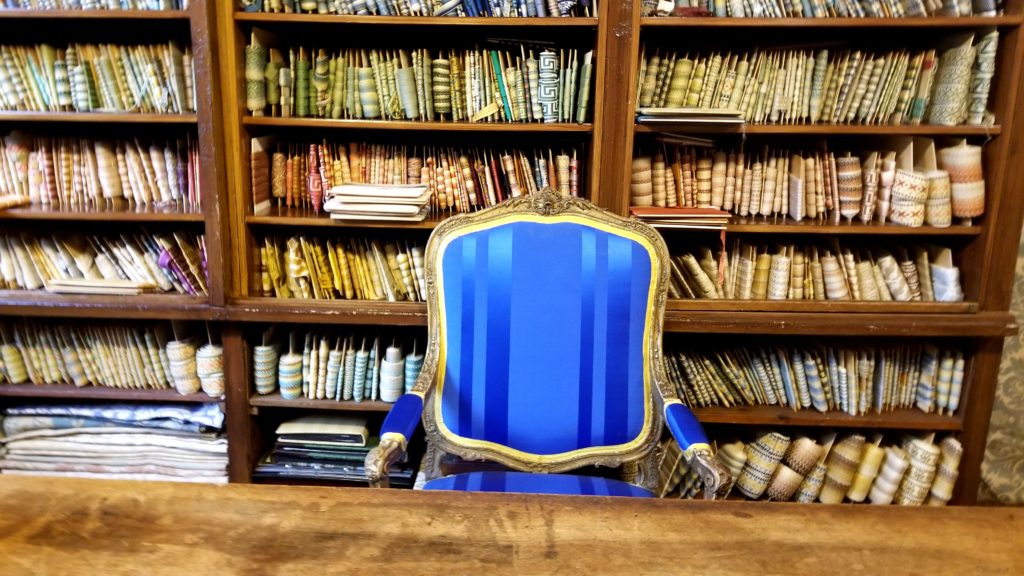
We enter the coolness of the showroom, heels echoing on the hardwood floor, and are greeted with an incredible silence. The weavers are on their mid-day break, so we dally in the archival showroom. The wooden shelves are laden with the most amazing fabrics and ribbons, and the antique couches are decorated with divine pillows and throws; samples of the home décor that can be ordered during private appointment.
As the weavers return, the repetitive sound of the handloom pedals begins to punctuate the air. The adjoining workshop is home to six handlooms dating from the 1700s and six semi-mechanical looms from the 1800s. Especially incredible is a unique orditoio (warping machine), designed by Leonardo da Vinci and an 1878 Benninger orditoio which is still in perfect working order today.
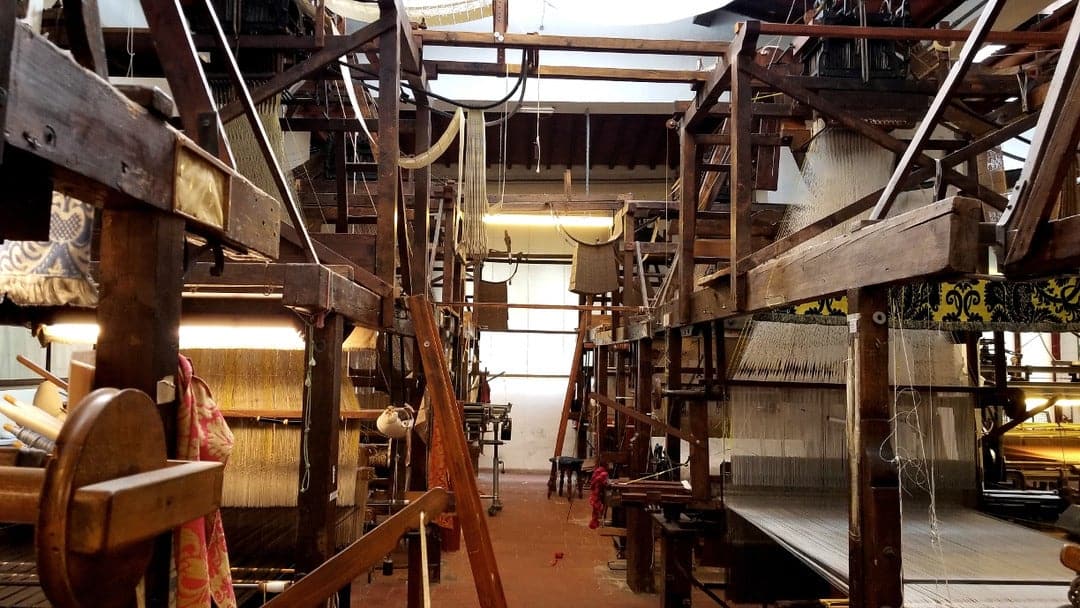
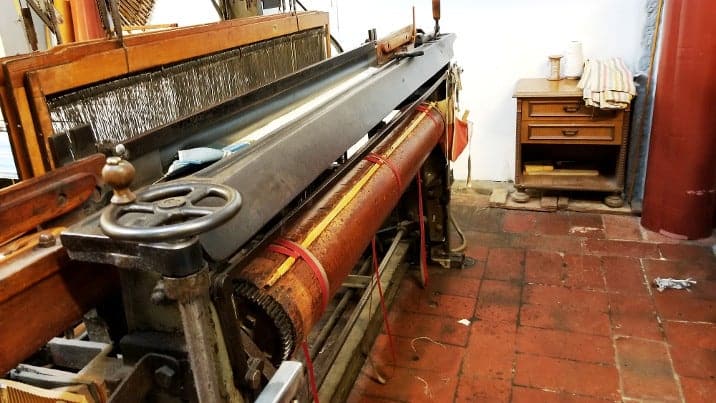
Throughout the centuries, the clientele of this revered atelier has always been prestigious, beginning with noble Florentine families, aristocratic Italian families, growing in the 1800s to include European nobility.
Today, under the guidance of Stefano Ricci S.p.A., the legacy of the looms continues as designers, architects, and famous interior designers can satisfy their client?s needs by creating their own custom woven fabrics, both in colour patterns and yarn.
In Florence, from the Renaissance age onward, the art of silk weaving flourished bringing prestige to the city, wealth to its merchants, and reached its peak during the era of the Medici. Around the middle of the 1700s some of the noble families, including della Gherardesca, Pucci, Bartolozzi, Corsini, and Agresti, decided to establish a single location that would house all their looms, patterns, and fabrics.
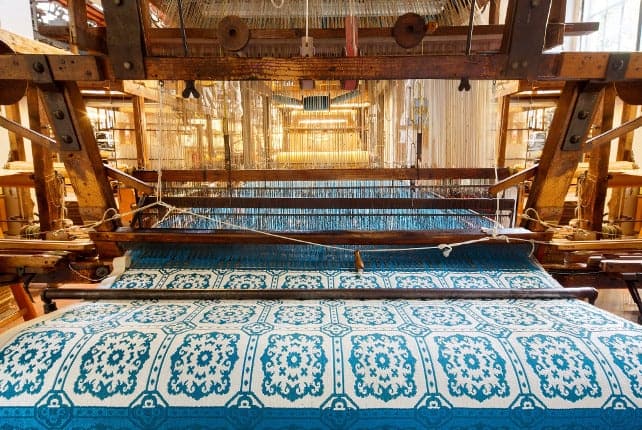
THE FABRICS
Passed on through generation of families, the antique fabric designs are kept today in the Archive of the Antico Setificio Fiorentino. Currently, the production includes a wide range of Renaissance silk damasks, brocades in silk, and linen from several centuries and 18th-century silk lampasses.
The quality of the fabric produced is guaranteed by the various delicate phases of workmanship including the hand dying and the preparation of the antique looms. The absolute lack of chemical treatments creates a completely pure undamaged thread that results in an unequaled resistance, texture, and richness in colour.
In recognition of the importance of this factory and to increase silk production, in 1780 the Grand Duke Leopold of Lorraine donated several looms, one of which I stand in front of observing a demonstration on.
Operated by foot-pedal with a manual shuttle, the operator expertly completes row after row. The deftness of the process is fascinating and concurrently exhausting. The patience and steadfastness of the weaver display a depth of attention lost in our computerized world.
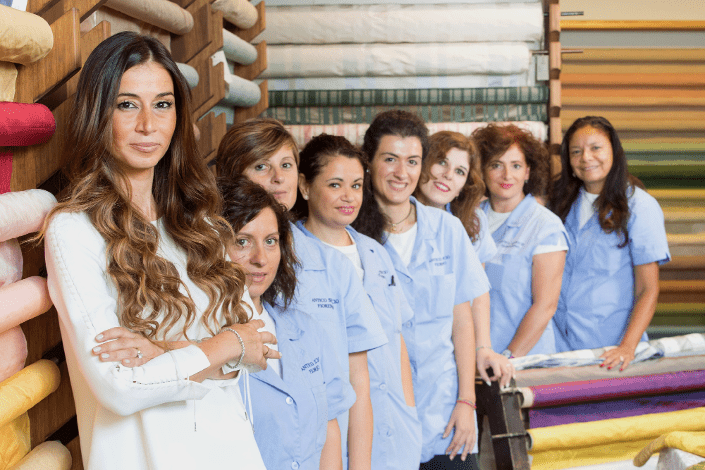
RESTORATION
The Antico Setificio Fiorentino has carried out many important restoration projects over the decades. The atelier supplied the fabrics for the restoration of the Tribune of the Uffizi Gallery in Florence, the curtains of Palazzo Madama in Rome, the Royal Palace of Denmark in Copenhagen, Royal Castle of Sweden in Stockholm, and the Grand Kremlin Palace in Moscow.
Additionally, numerous aristocratic Manors used these fabrics to restore important antique pieces with the reproduction of the precious textiles, wholly made according to the old techniques.
ACQUISITION
In the middle of the 1950s, the atelier flourished thanks to the acquisition by Marquis Emilio Pucci and the other founding families of the shareholding majority. A decade ago, with the House of Pucci relocating their business to France, the atelier was to be converted to a museum.
My guide was approaching the highlight of the dramatic history of the atelier with the introduction of its newest chapter – how the Stefano Ricci family became involved in the Antico Setificio Fiorentino.
It began with a phone call to Mr. Ricci, during which an invitation was extended to attend the atelier for tea. Stefano jokingly refers to this “as the most expensive tea he has ever had” because, upon the completion of the visit, he had arranged to purchase the Antico Setificio Fiorentino from the Pucci family. This single act of generosity secured the livelihoods of the families and the looms to continue to create the incredible silks used worldwide, not only for the Stefano Ricci collections but the damask casula for Pope Francis, suiting for Andrea Bocelli and Tom Cruise, and the jacquard tunic that Nelson Mandela wore to meet Queen Elizabeth II.
“When I started in 1972, no one knows me, but when I first met with an international department store, I would say ‘My name is Stefano Ricci, and I come from Florence.’ This ‘coming from Florence’ was more than a business card and gave me a better opportunity to better sell my products.” He continued, “Now that the company is running successfully with over 68, 69 boutiques in the world, I have to give back to my city something to show my thanks.”
In June, join FOLIO.YVR as we continue our Florentine adventure in a showcase of the silver workshop at the Stefano Ricci headquarters. A fascinating spotlight on the expert silversmith who has created every piece available in the Stefano Ricci boutique located in the ‘Luxury Zone’ at 1139 West Georgia Street, Vancouver.
Author Profile
- Helen Siwak is the founder of EcoLuxLuv Marketing & Communications Inc and publisher of Folio.YVR Luxury Lifestyle Magazine, PORTFOLIOY.YVR Business & Entrepreneurs Magazine, and digital women's lifestyle magazine EcoLuxLifestyle.co. She is a prolific content creator, consultant, and marketing and media strategist within the ecoluxury lifestyle niche. Post-pandemic, she has worked with many small to mid-sized plant-based/vegan brands to build their digital foundations and strategize content creation and business development. Helen is the west coast correspondent to Canada’s top-read industry magazine Retail-Insider, holds a vast freelance portfolio, and consults with many of the world’s luxury heritage brands. Always seeking new opportunities and challenges, you can email her at helen@ecoluxluv.com.
Latest entries
 ☆ Issue #04/05 - July/AugAugust 15, 2019Folio.YVR #4/5: 17-year-old Student Carson Guo Buys Supreme Collection for $1.1M
☆ Issue #04/05 - July/AugAugust 15, 2019Folio.YVR #4/5: 17-year-old Student Carson Guo Buys Supreme Collection for $1.1M ☆ Issue #04/05 - July/AugAugust 5, 2019Folio.YVR #4/5: Christopher Bates: Monaco Grand Prix Runway
☆ Issue #04/05 - July/AugAugust 5, 2019Folio.YVR #4/5: Christopher Bates: Monaco Grand Prix Runway- ☆ Issue #04/05 - July/AugJuly 15, 2019Folio.YVR 4/5: Andy Dixon: From Versace Home to Runway
- ☆ Issue #04/05 - July/AugJuly 15, 2019Folio.YVR 4/5: Lydia Courteille: La Vie en Rose Collection
